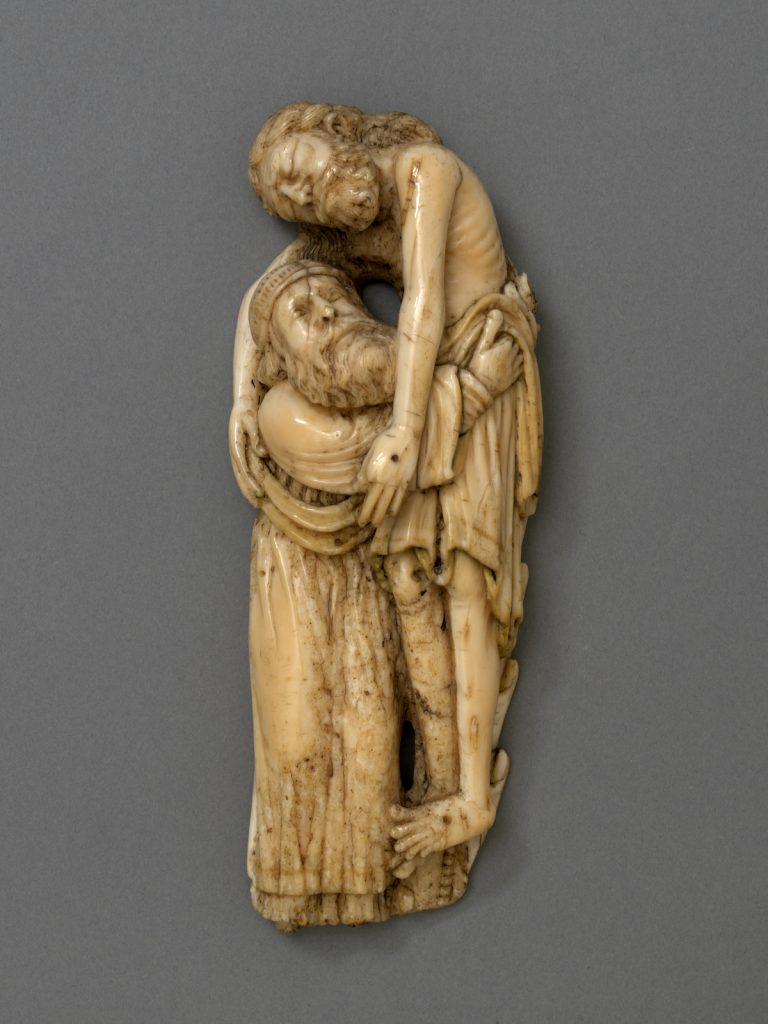Museums & Institutions
V&A Museum Acquires Rare Medieval Carving of Jesus, Beating Out the Met
The London museum raised $2.5 million through a nationwide appeal to keep the statue in the country.

A seven-inch sculpture of Jesus carved out of walrus ivory has been acquired by London’s Victoria & Albert Museum (V&A), dashing the hopes of New York’s Metropolitan Museum of Art which had attempted to acquire the artifact.
The Deposition from the Cross (ca. 1190–1200) is a medieval statuette of Jesus being brought down from the cross. The museums’ battle over the carving began when the Met privately purchased the sculpture for more than $2.5 million from Sotheby’s last year on the condition that it could be exported to New York. Prior to the sale, the piece was on loan to the V&A from 1982 through 2022.
But the export license for the carving was withheld on November 2023 by the U.K.’s Department for Culture, Media and Sport. The export ban came after a reviewing committee advising the government described the piece as “one of the most culturally and aesthetically significant objects” that it had handled in the last five years. Any British buyer was given months to come up with the funds to purchase the artwork to keep it within the country.
To acquire the work, the V&A raised funds with support from the National Heritage Memorial Fund and Art Fund, among other grant-making organizations, as well as its members and the U.K. public. Following its nationwide appeal, the museum has purchased the work for £2 million ($2.5 million).
“I am thrilled that the V&A has been able to save this elemental object of English art for the nation,” said Tristram Hunt, the V&A’s director. “In this small, sublime carving is captured a lost story of Christian culture, Romanesque design, and medieval craftsmanship.”
Both the sculpture and its sister piece, an ivory carving of Judas at the Last Supper, came from an original larger work or altarpiece depicting the Passion of the Christ. The statue of Judas has been held at the V&A since 1949, and both carvings have been on display side-by-side for decades in the V&A’s Medieval and Renaissance galleries. They are the only two known remaining carvings from the original altarpiece, which was thought to be made in York before being dismembered in the 16th century during the Reformation.





